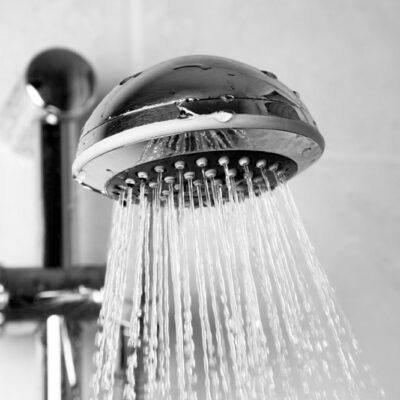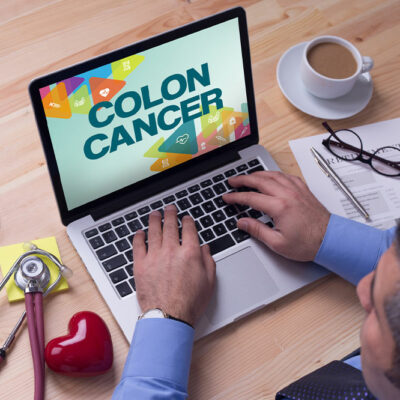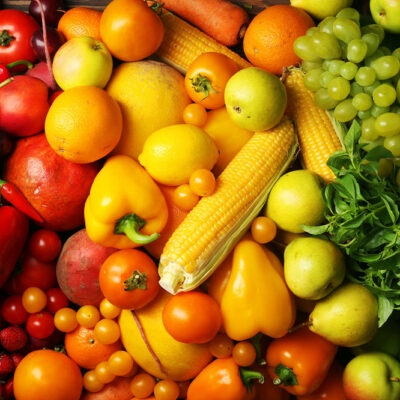
Foods to avoid and management options for arthritis
Living with arthritis can be a daily battle, as persistent joint pain and stiffness can hinder mobility and affect the overall quality of life. However, there is good news. With a comprehensive approach that combines evidence-based treatment methods, lifestyle modifications, and innovative therapies, individuals can find relief from arthritis symptoms and regain control over their lives. Combining these available treatment options with the right food can further help manage the condition. On that note, here are a few foods to avoid to manage arthritis: Refined sugar sources like soft drinks Limiting your sugar intake is of utmost importance. Therefore, consuming added sugar in foods, like bread, and beverages, like soft drinks, can be even more harmful to the system. It can contribute to elevated inflammatory symptoms in the body and further complicate your condition. Be aware of the extra sugar in the sweets you eat and the sauces and other condiments you top off your plate with. To keep the less-than-ideal arthritis symptoms under check, you must read the labels of the foods and beverages you bring home. Packaged foods are especially alarmingly rich in added sugar. Frozen pizza Per the CDC, frozen pizza is one of the most common sources of high sodium intake for Americans.
Read Article 









